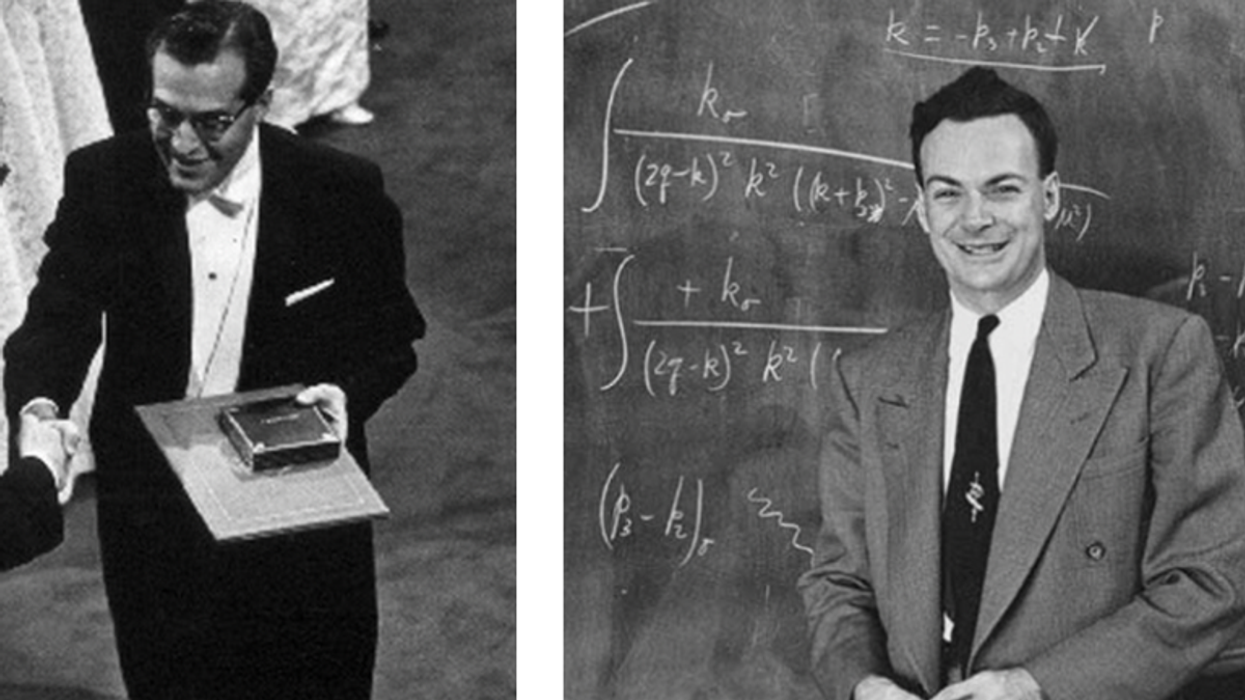In the last few years, doing good and helping others has become fashionable with companies clamoring to get on the do-gooding bandwagon. One of the more interesting efforts is the buy-one, give-one model, a concept most associated with TOMS shoes but which is quickly gaining additional corporate followers. And while it's certainly hard to criticize any of these companies’ efforts, I can’t help but wonder if we might be overcelebrating.
I really dig this pair of TOMS, and if I didn't have perfect eyesight, it wouldn't take much to talk me into any of these gorgeous Warby Parker frames. Not only would buying each of these products get me some snazzy new gear, I’d also be providing one of each to someone in need.
This all sounds great, but upon further examination, I’m honestly not so sure. It seems to me that $160 (the cost of the two items) spent another way could do far more good than some shoes and a pair of specs. For instance, other organizations dedicated to providing glasses to the developing world have managed to drop the cost as low as $19 a pair. The $95 you’d use to buy a pair from Warby Parker could send more than four pairs to the developing world. Which leads me to this question: In supporting brands like TOMS, are we really trying to do good? Or are we just buying stuff that comes with a case of the warm-and-fuzzies?
In talking to some friends about this, many expressed the viewpoint that doing good isn’t the primary motivation for buying from these companies; instead, it’s a bonus. They contend that the people who buy these products wouldn’t be inclined to simply donate the amount, so they need to be given something in return. I’m not sure I agree. The people who support brands like TOMS are, on the whole, the same people who read this site—socially conscious individuals who want to do their part to make the world a better place to live in. Aren’t these precisely the people who would be most likely to donate?
Of course, there are other, more complex layers to this debate. As Carolina Vallejo has asked with her Design for the First World project: Who the heck are we to decide what other people need most? I’m not saying that shoes or glasses aren’t of value to any particular group of people. But are they more valuable than a new school, or clean water, or livestock, or pharmaceuticals? The truth is, I don’t know. And while I think that TOMS's Blake Mycoskie and those like him are doing fantastic things, I worry that someone who buys a pair of TOMS will consider their job done. They’ll feel good about their $50 shoe purchase, knowing they’ve just given a pair to a child in need when a donation of half that amount could have possibly helped that child in substantially more impactful ways.
The questions don’t stop there with buy-one, give-one products, either. Are these products environmentally friendly? Are they biodegradable? What’s the footprint of the manufacturing process? Who makes them and under what conditions? Are we somehow doing harm in one area in order to do good somewhere else? In short: What’s the net-net of my fancy new glasses?
Please don’t get me wrong: I applaud the efforts of these companies in adding a humanitarian component to their business. I, myself, am the proud owner of a pair of TOMS. I’m just saying that as with most things, the buy-one, give-one phenomenon isn’t quite as simple as it seems on the surface.
The logical stance is that doing some good is better than doing nothing. I’m just wondering how much good we’re actually doing. I’m curious, for those of you who have bought any buy-one, give-one products: Was the company’s mission your motivation or simply an added bonus? Did you consider donating to a cause instead of—or in addition to—your purchase? What’s your take on these sorts of organizations? I’m not sure there’s a right answer here, but I think the questions are at least worth asking. It might be the only way to find out if we’re really doing good, or if we’re just trying to make ourselves feel like we are.
Search
Latest Stories
Start your day right!
Get latest updates and insights delivered to your inbox.
We have a small favor to ask of you
Facebook is critical to our success and we could use your help. It will only take a few clicks on your device. But it would mean the world to us.
Here’s the link . Once there, hit the Follow button. Hit the Follow button again and choose Favorites. That’s it!
The Latest
Most Popular
Sign Up for
The Daily GOOD!
Get our free newsletter delivered to your inbox
















 Otis knew before they did.
Otis knew before they did.